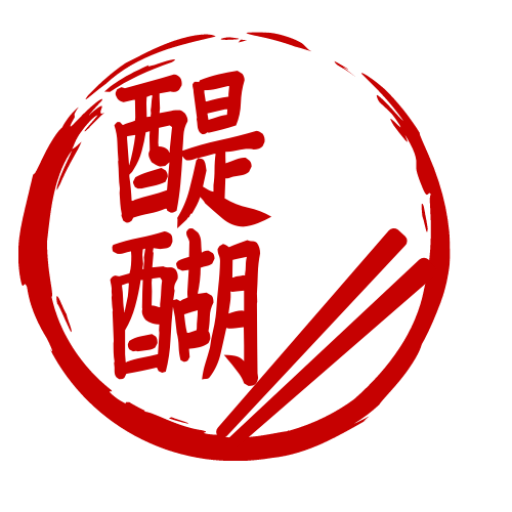A culinary tradition going back centuries. A UNESCO’s Intangible Cultural Heritage. The nutrition of some of the longest-living people on Earth. Japanese culinary tradition, or Washoku 和食, is all this and more. Renowned for its refinement, Japanese cuisine is well-balanced and tasty, intimately connected with Nature and the alternating of seasons.
With “Daigo Japanese Food”, I want to share with the international public the knowledge of Japanese traditional cuisine, whose “true charm” (Daigomi 醍醐味 in Japanese) is often unknown to people not living in Japan for an extended period.
Check out the latest blog posts:
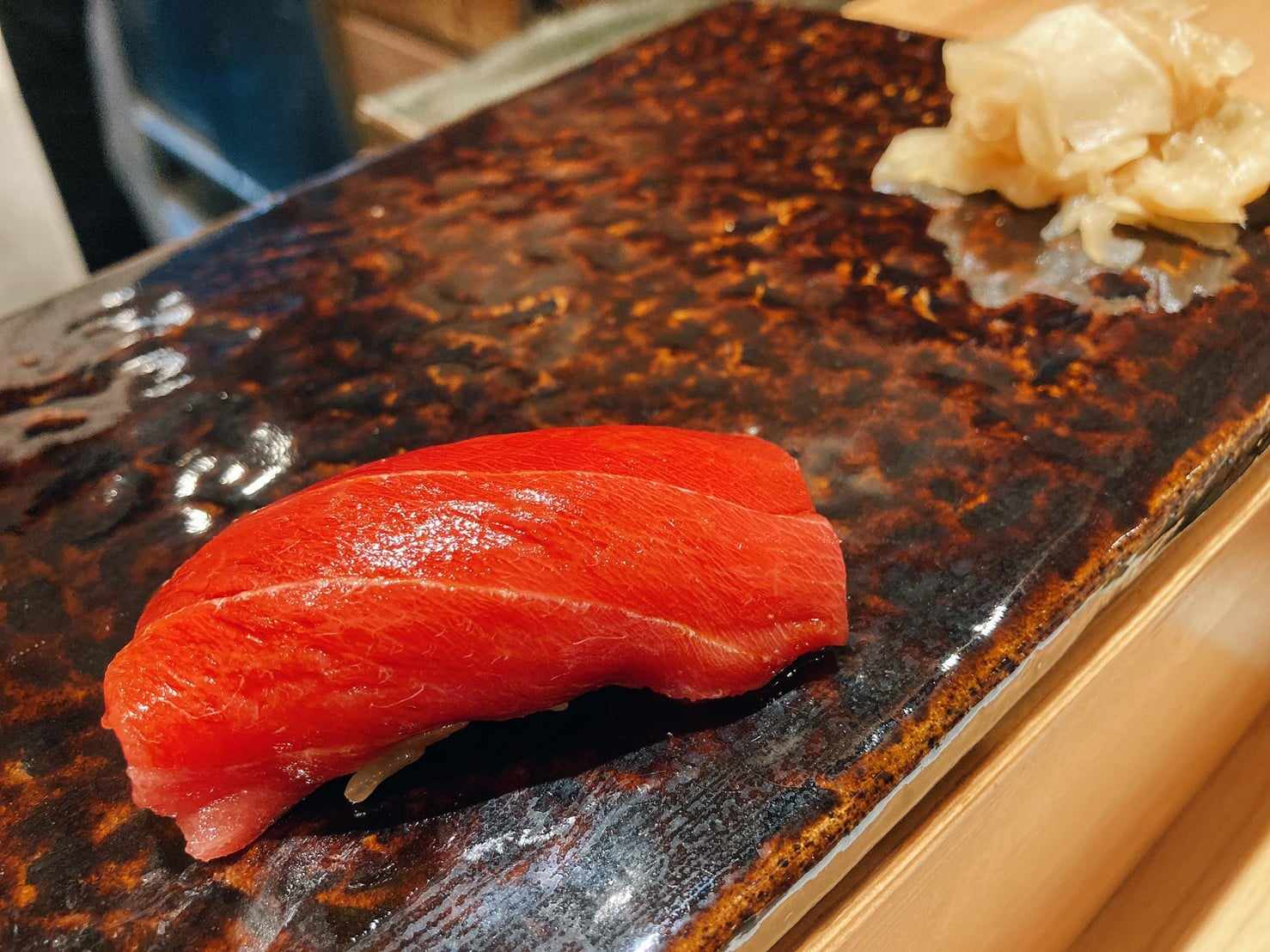
Tuna: the humble origins of Japan’s most prized fish.
Every year, the tuna auction in Japan makes headlines, where a single fish fetches the equivalent of tens of thousands of dollars. Spending thousands of dollars for a fish, however valuable, may seem out of the ordinary for those unaccustomed to Japanese things, although I find this the perfect example of the Japanese business mentality.…

What is setsubun?
Setsubun 節分 is a Japanese celebration best known for the traditional scattering of beans, a custom particularly popular among Japanese children – the older boys or other members of the family wear oni 鬼 (ogre, devil) masks, and the younger ones chase them around, throwing fuku mame 福豆 – lucky beans – and shouting the…
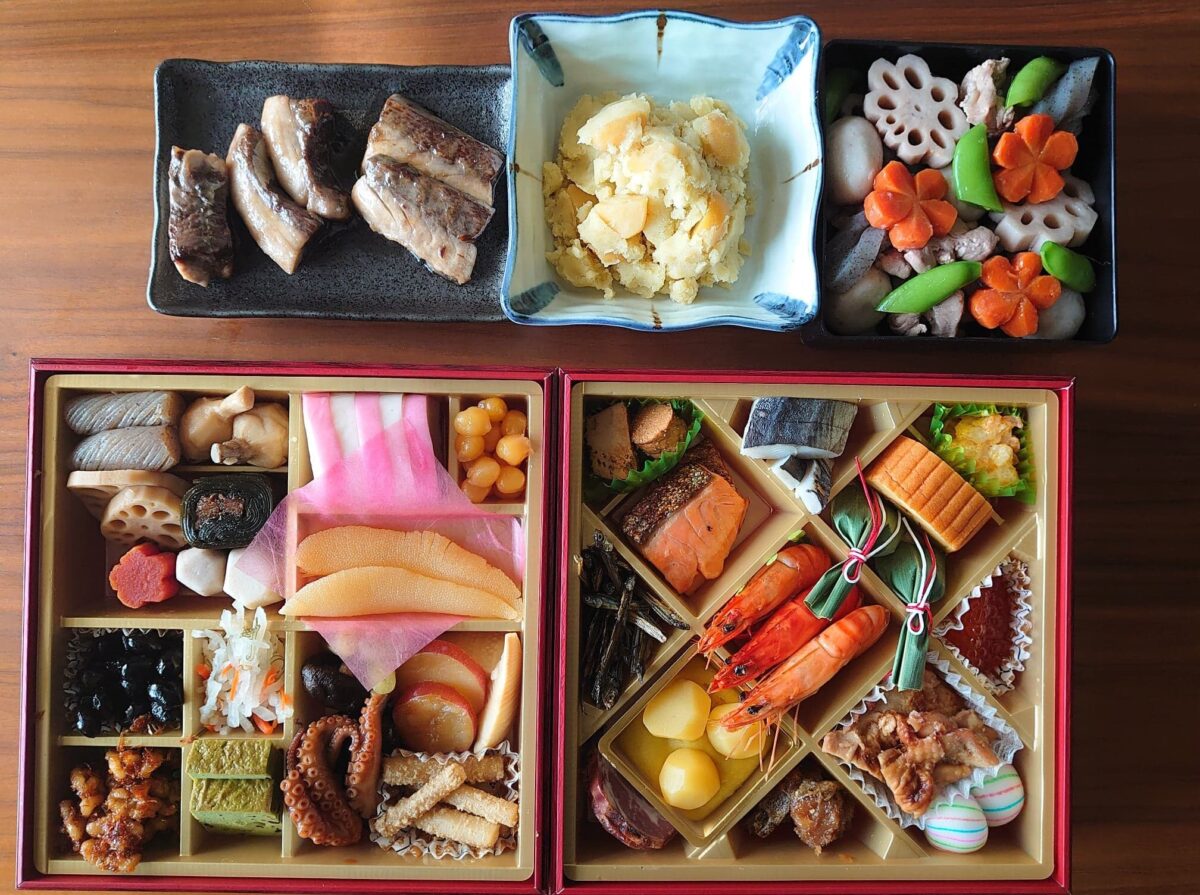
Japanese festivals and food
As in many other parts of the World, most traditional Japanese festivals and contemporary holidays have deep roots in ancient folklore and religion. What is of particular interest to me is how Japanese traditional cuisine, washoku, seems to be linked to the Japanese celebrations in a way that most Western cuisines do not – although…
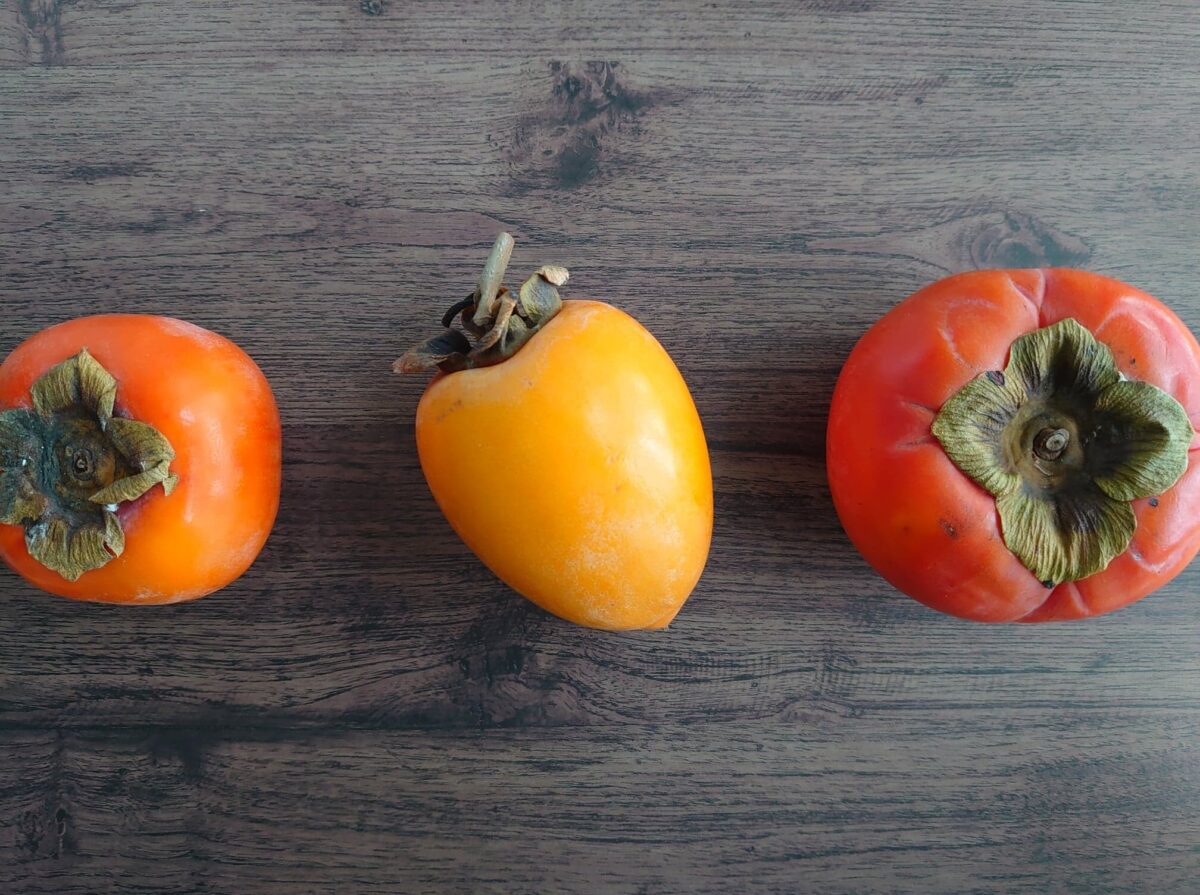
Kaki, the Japanese persimmon
Persimmon, or kaki 柿 in Japanese – and other languages, including Italian! – is one of the national fruits of Japan. Having been brought to the Archipelago in the 7th or 8th century AD, the long history of this fruit in Japan helped its spreading in Japanese food culture: from its status of paragon of…
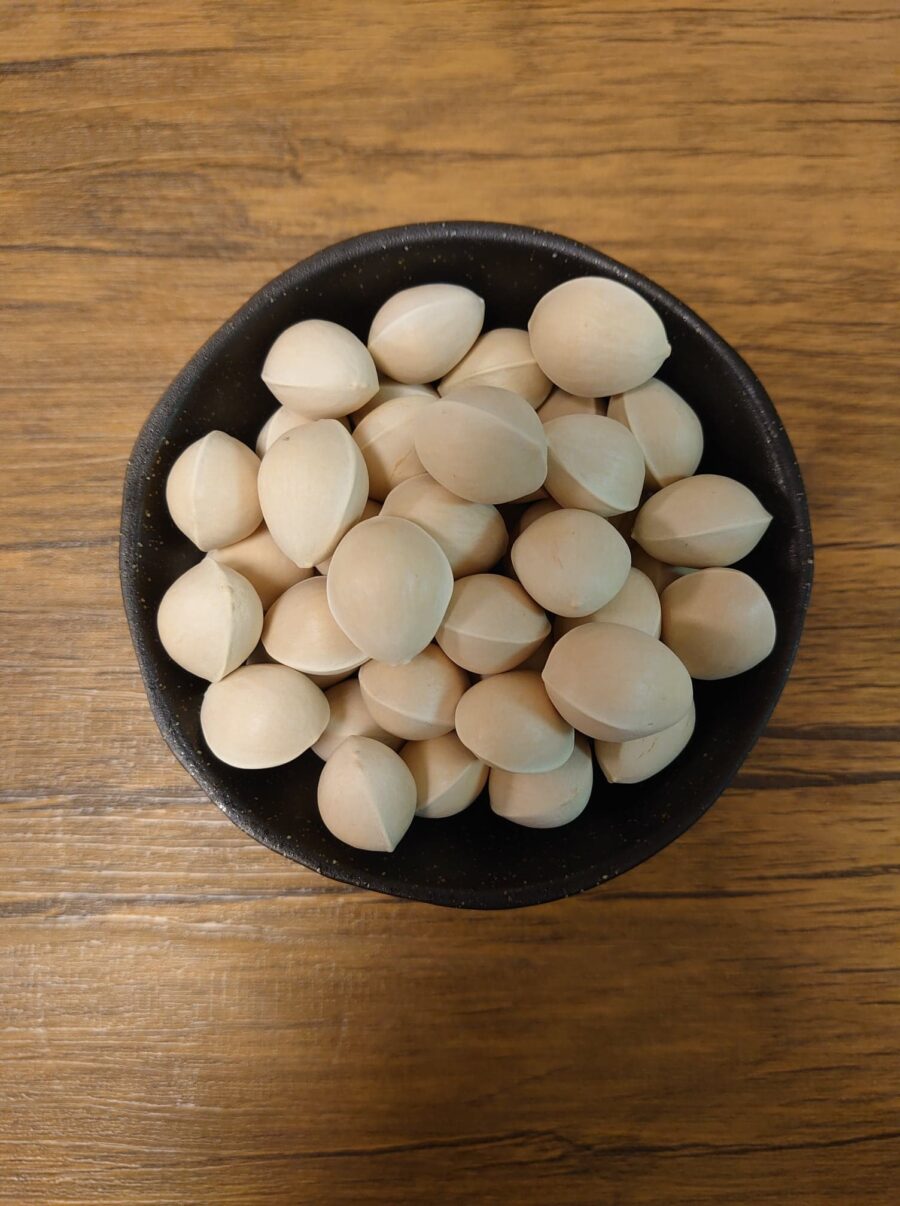
Ginnan: the (smelly) gingko nut.
Autumn in Japan is great! Leaves turn red and yellow, temperatures are still fairly warm, and most days are sunny. While I was growing up in Northern Italy, I always had an image of Autumn being rainy, chilly, and overall a time to stay home, but since I moved to Osaka it’s been the total…
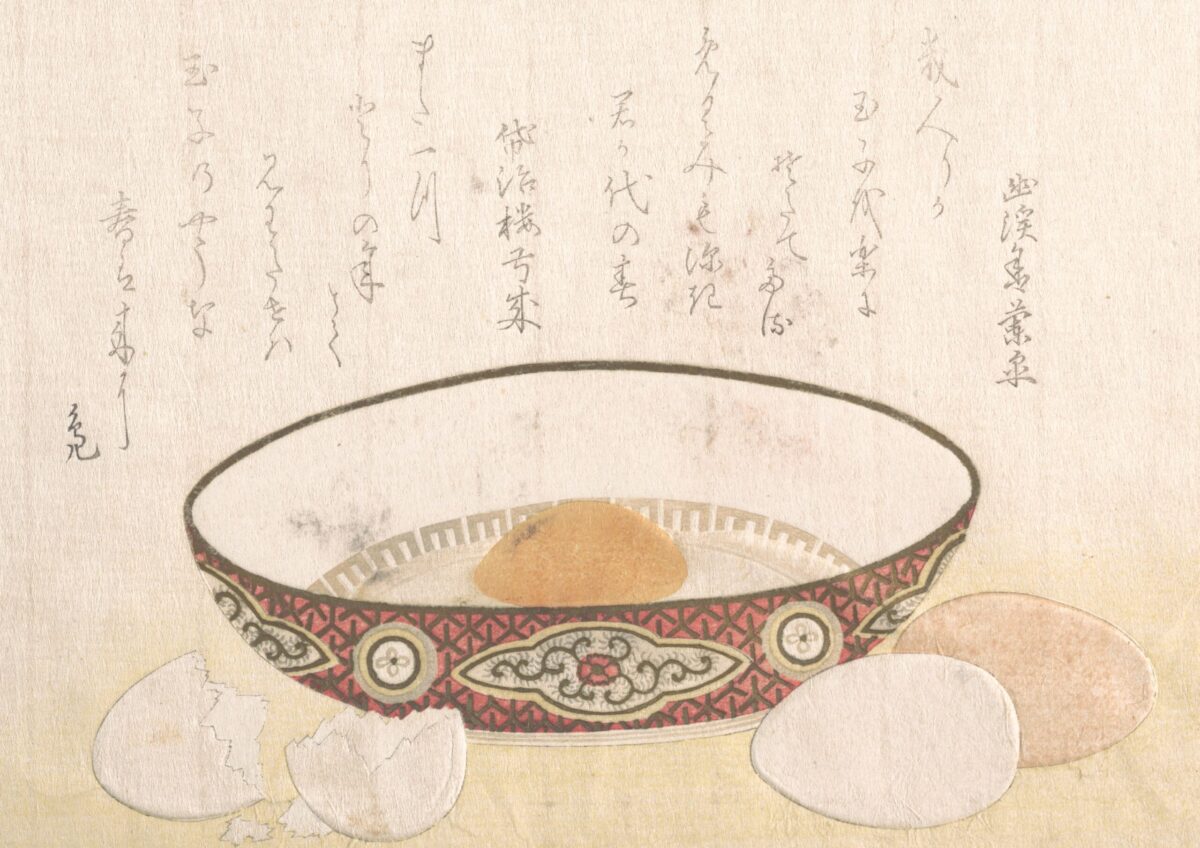
Eggs in Japanese cuisine
During my first interactions with Japanese cuisine, one of the things that impressed me the most was how eggs were consumed. As an Italian, I grew up eating eggs either boiled, fried, or prepared as a frittata, and never ate a raw egg in my life. My parents told me they sometimes drank raw eggs…
